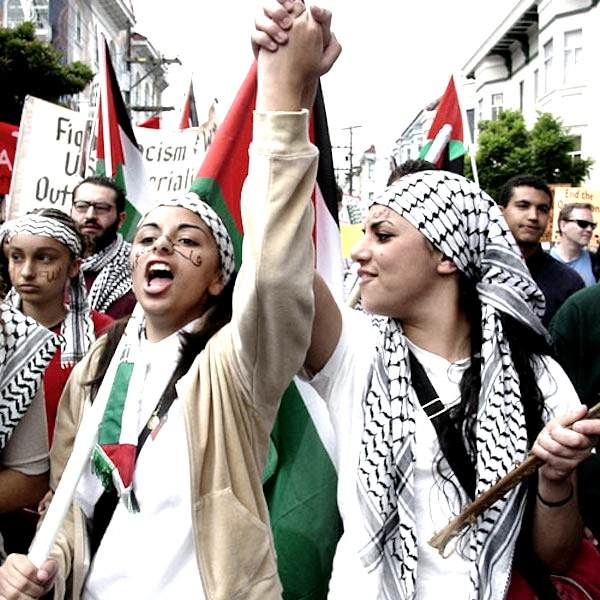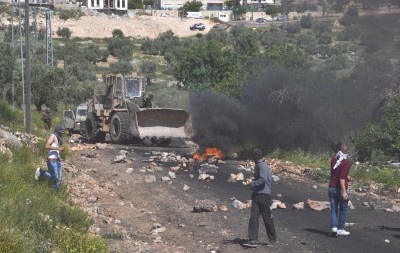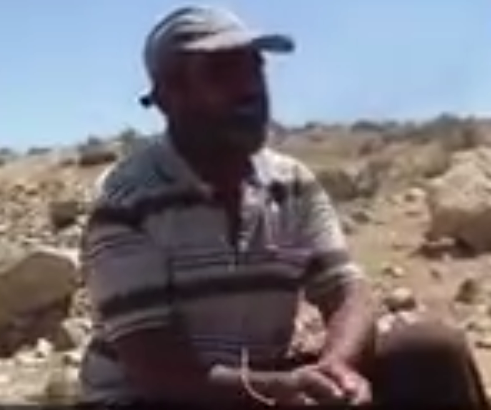Category: In the Media
-
Take action: Protests around the world respond to assault on Palestine
5th July 2014 | Samidoun: Palestinian Prisoner Solidarity Network Protests are being organized in cities around the world to respond to the ongoing assault on Palestine and the Palestinian people, including the murders of Palestinians (including 16-year-old Muhammad Abu Khdeir, murdered brutally by Israeli settlers), the bombing of Gaza, the mass arrests of over 600,…
-
Complaint submitted to the United Nations concerning the military detention of Palestinian human rights defender under Israel’s repressive protest law
3rd July 2014 | Addameer Prisoner Support and Human Rights Association | Kufr Qaddum, Occupied Palestine Lawyers for Palestinian Human Rights (LPHR) and Addameer Prisoner Support and Human Rights Association (Addameer) submitted a joint complaint today to the United Nations Special Rapporteur on the situation of Human Rights Defenders (UNSR) concerning the arrest and continued pre-trial Israeli…
-
VIDEO: Palestinian shepherd detained by Israeli soldiers
29th June 2014 | Operation Dove | Saddith Thala, Occupied Palestine On June 27th, Israeli soldiers detained a Palestinian shepherd from the South Hebron Hills village of Saddith Thala. He was accused of throwing stones towards a setter’s car, passing on the Bypass road 317. He was released, as there was no evidence to support the charges. A…



